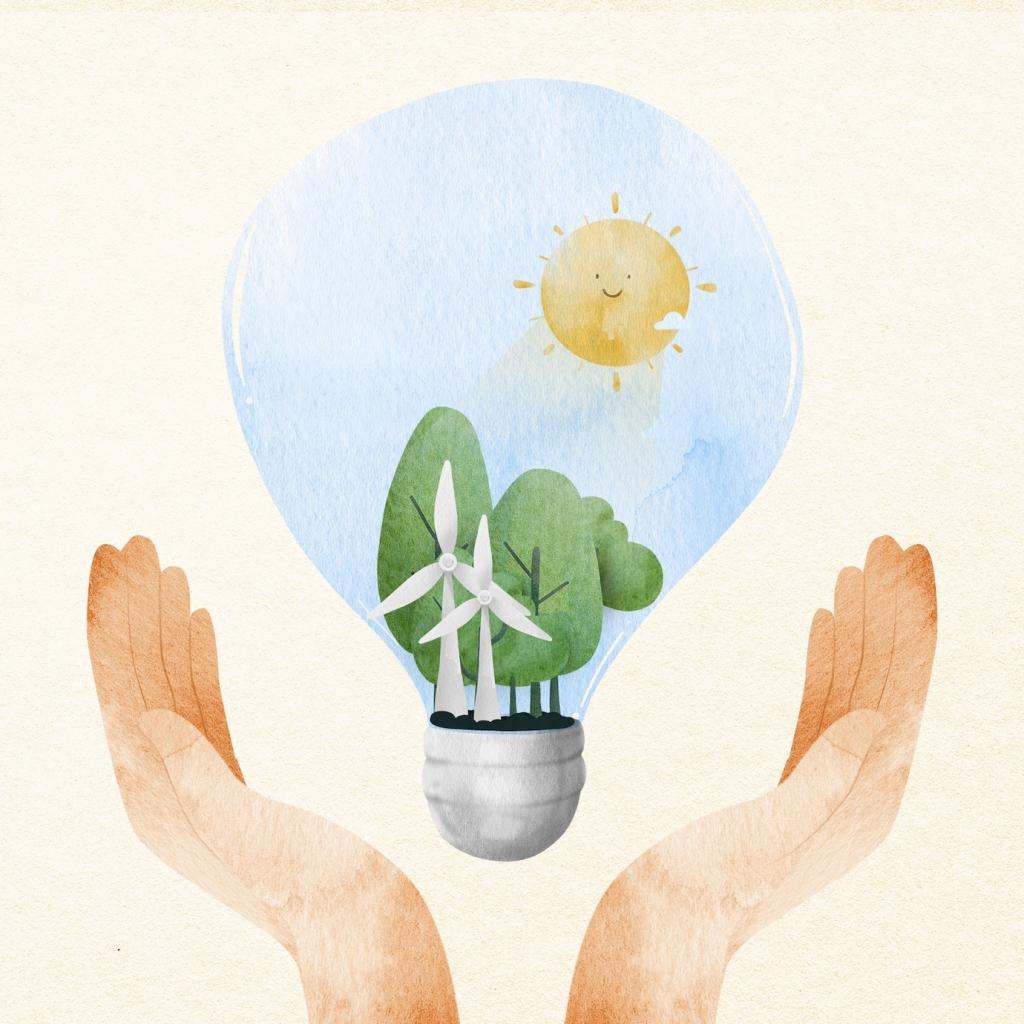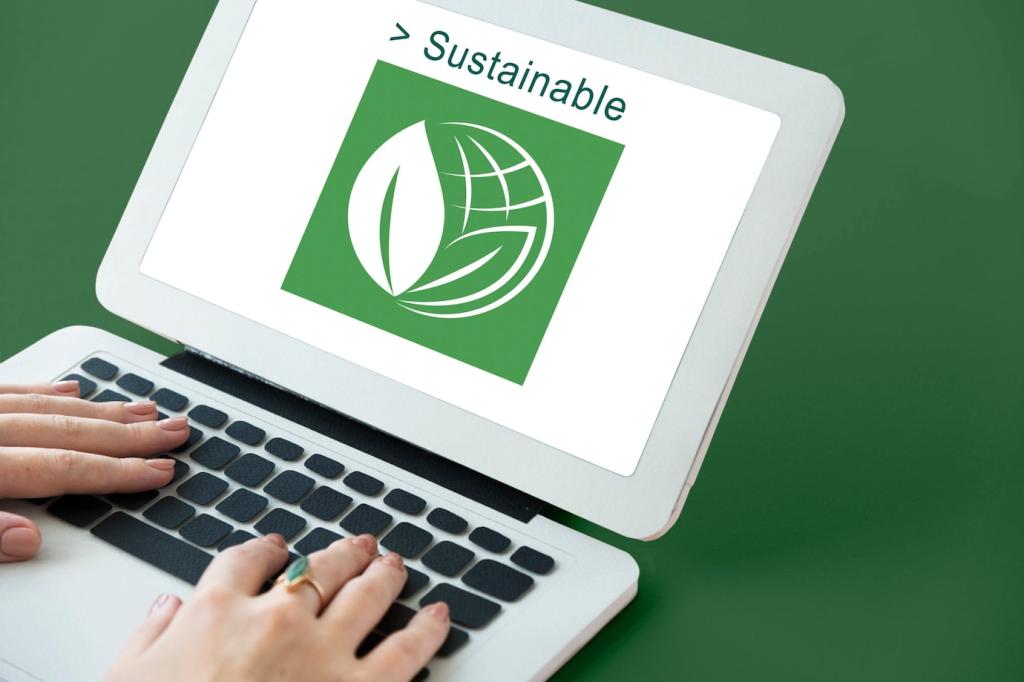This website uses cookies so that we can provide you with the best user experience possible. Cookie information is stored in your browser and performs functions such as recognising you when you return to our website and helping our team to understand which sections of the website you find most interesting and useful.
Advancements and Innovations in Renewable Energy Technologies
The landscape of renewable energy is rapidly evolving, driven by advances in science, engineering, and technology. As the world seeks sustainable solutions for power generation, innovations in solar, wind, bioenergy, hydropower, and energy storage are pushing the boundaries of what’s possible. These technological improvements are not only increasing the efficiency and capacity of renewable systems but also making clean energy more accessible, reliable, and affordable. The shift toward greener energy is critical for mitigating climate change and ensuring a resilient energy future. This page explores some of the most significant advancements across major renewable sectors, highlighting how innovation continues to shape the future of global energy supply.
Breakthroughs in Solar Photovoltaics
Next-Generation Solar Cells
Bifacial and Transparent Solar Panels
Flexible and Lightweight Photovoltaics
Taller and More Efficient Turbines
Floating Offshore Wind Farms
Digitalization and Predictive Maintenance
Innovations in Battery and Energy Storage
Next-Generation Battery Technologies
Grid-Scale Storage Integration
Smart Energy Management Systems

Developments in Bioenergy and Biofuels

Progress in Hydroelectric Technologies
Low-Impact and Run-of-River Systems
Pumped Storage Hydropower
Fish-Friendly and Innovative Turbines
Emerging Renewable Technologies

Ocean Energy and Marine Power

Enhanced Geothermal Systems


